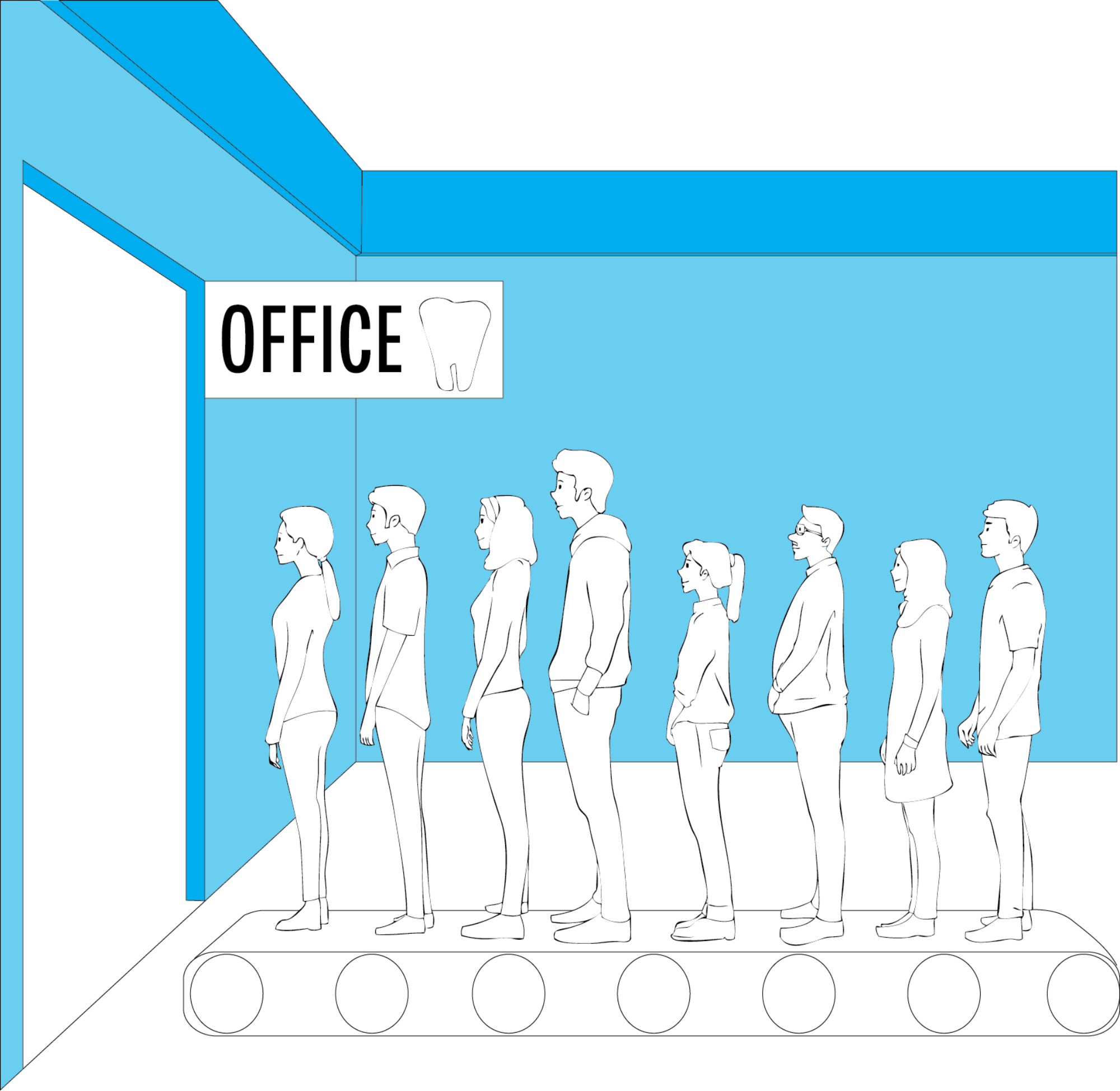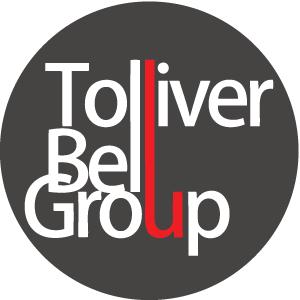
18 Apr This is why some practices are seeing less patients: i.e. Stop Blaming Insurance Companies.
Seventy percent (and I just read 77%) of patients decide who their next healthcare provider will be after reading online content, reviews, and marketing. And most practices have no digital marketing strategy of any consequence. So, if most practices have little in the way of a digital marketing footprint, yet most of the buying decision is made from online content.. who’s putting up all that content?
Software Companies. Of course.
Another way to explore this is by saying that nearly 3/4 of the “Patient Supply Chain” (as I’ve been calling it) is being controlled by companies who are the sole contributors to the online marketing content that actually delivers patients to the door. To boot, these companies, with explicit intention, are raising (*1) and spending MILLIONS of dollars on gobbling up the Patient Supply Chain with their own marketing. Then, they are repackaging and selling those same patients back to practices in the form of their SaaS platforms. It’s genius really. Now compare that strategy to the strategy and budget of most practices.
Example A: ZocDoc
ZocDoc is valued at over $700 Million as of 2014 (*2) and has built an online empire by selling its SaaS platform to healthcare providers. Doctor’s pay a monthly fee to update their profiles online and have access to ZocDoc’s curated patients. Here are the two things they did better than anyone else while forming their company.
Brilliantly, they did what most didn’t:
They listened to the patient’s needs and wants, and then delivered. You want to see what the doctor looks like? You got it. You want to know about your wait times?Boom! You want to know which insurance plans the office is actually In-Network with? Here’s your list.
ZocDoc avoided the temptation of talking about its great technology. It avoided telling patients its own opinions. Instead, it delivered in a clean, clear, and easy to understand method, what patients needed and wanted to know in order to make an informed decision. They employed what good marketers already know; he who says it clearest wins the deal.
The Big Land Grab
ZocDoc also invested heavily in creating a digital footprint that directed traffic to their platform (instead of to the practice’s). It was done so well that some doctors actually appear with ZocDoc.com before appearing with his/her own web address. Add to that, as a website’s URL ages it becomes more important to the Google search algorithm and thus appears higher in search results. ZocDoc has put the platform in good position for a long time.
Example B: OpenTable
There’ll be two additional long-forms written about flight and hotel aggregators, the proliferation of those platforms, Attention Arbitrage, and what we can learn from these industries that applies to medical and dental marketing.. but let’s focus now on the OpenTable platform
OpenTable’s software allows restaurant goers the ability to make reservations online at their favorite eateries. There are many other unique features it offers to the user, but to the restaurant manager has does one important function: deliver new customers to the door.
OpenTable does not cook. To our knowledge, it hasn’t been to culinary school. It doesn’t effect loss prevention or food waste. Nor does it particularly care about any other operating factors. It does one thing. Delivers people to the door. And they do it so well, that many restaurants (coupled with Yelp! reviews) live or die by being fed OpenTable’s reservation services (*3)… Now let that sink in.
Owners pay $99 per month and up to a $1 reservation fee for each reservation. Not a bad price. Right? Well, let’s take a macro level view.
Why You Should Probably Care:
Some might find it hard to conflate the ongoings of the restaurant industry with that of a health related field; after all, health care and dental are need driven. Decisions to patronize providers are not arbitrary. Advanced technology and clinical expertise are the most important determining factors when making those choices. Well, whether those statements are true or not aren’t the only factors at play. And what ZocDoc and OpenTable have realized is older determining factors might not be the most important factors anylonger.
The bigger picture of changing consumer behavior, that is what they took advantage of. They acknowledged, understood, and then responded to the changes in behavior that are shaping where restaurant goers (or patients) go. It’s consumer behavior that SaaS platforms have hacked and they are doing very, very, well with it. Initially, it’s cheaper to just deal with it and pay to play. But then where does that leave you? What’s the long term effect? Dependency (see the 3rd referenced article)? Loss of leverage? Poor positioning? Both corporate and traditional practices have to answer these questions to strategically move forward. Because assure you this one thing: These platforms aren’t going anywhere, anytime soon.
How will you keep up and is it a long term plan?
Sources*
(*1) -http://sdbj.com/news/2016/nov/04/startup-doctible-inc-closes-2-million-seed-round/
(*2) -http://www.cnbc.com/2014/06/17/meet-zocdoc-now-nycs-richest-start-up.htm
(*3) -http://www.houstonpress.com/restaurants/updated-as-fees-become-problematic-restaurants-move-away-from-opentable-but-do-they-stay-away-640933







Sorry, the comment form is closed at this time.